Originally published by New Context.
DevSecOps—which is short for Development, Security, and Operations—means integrating security into the entire development process. Automation is the key to achieving the speed needed to meet the continuous integration and continuous delivery (CI/CD) goals of many DevOps teams, while still maintaining the security of your code at every step of the software development lifecycle (SDLC). DevSecOps automation tools enable the seamless integration of code security and testing into your CI/CD pipeline, allowing you to deliver secure, high-quality software at a fast pace.
DevSecOps Automation Tools and Infrastructure Solutions to Meet Your Unique Needs
There are a wide variety of tools and solutions that automate your development, security, and operations processes. Let’s focus specifically on how these automation solutions can tackle the security tasks in a DevSecOps pipeline.
Automated Alerts and Notifications
When DevOps teams are focused on developing software as quickly as possible, they may miss security vulnerabilities in their code or third-party dependencies. That’s why you need automation tools that can detect potential security anomalies and defects and notify developers so they can address these issues before they affect later stages of development.
For example, Alerta is an open-source alert and notification console that integrates with many popular monitoring tools like Nagios and Cloudwatch. Alerta consolidates and de-duplicates alerts from multiple sources behind one pane of glass for easy visualization.
Automated Defect Remediation
In addition to scanning for and detecting security defects and vulnerabilities, some DevSecOps automation tools will also automatically remediate some issues. These tools use a variety of technologies to automate remediation, from basic “if this, then that” (IFTTT) methodologies to deep learning artificial intelligence, depending on your budget and requirements.
StackStorm is an example of a DevSecOps IFTTT automated remediation and response tool. It’s an open source, event-driven platform that can handle a variety of DevSecOps automation tasks from Infrastructure as Code (IaC) deployments to software defect remediation.
Automated Threat Modeling
DevSecOps threat modeling tools automatically identify, predict, and define threats across your complete attack surface. That allows you—or your automation software—to make proactive security decisions. Automated threat modeling tools use information users provide about their systems and applications to provide a visualization of potential threats and impacts.
One example of a DevSecOps automated threat modeling tool is IriusRisk. IriusRisk uses a built-in security standards library to generate a visual analysis of all the security threats to the various components within your applications. IriusRisk also suggests countermeasures for identified threats and can sync with issue trackers like Jira to notify the appropriate personnel of the problem and how to fix it.
Automated Code Testing
The biggest application for DevSecOps automation tools is code analysis and testing. These automated tests run continuously throughout the SDLC to identify security flaws before they can be exploited. There are a few different categories of DevSecOps automated code testing, including:
- Static Application Security Testing (SAST) – Identifies vulnerabilities in your own proprietary code. SAST tools automatically detect and remediate potential vulnerabilities early on in the DevSecOps cycle.
- Software Composition Analysis (SCA) – Monitors and manages license compliance and security vulnerabilities in the third-party dependencies in your code.
- Dynamic Application Security Testing (DAST) – Identifies vulnerabilities and flaws in the application’s exposed interfaces as a black box (without knowledge of the app’s internal workings).
- Interactive Application Security Testing (IAST) – Uses a combination of DAST and SAST techniques to identify security vulnerabilities with greater accuracy.
There are a wide variety of DevSecOps automated code testing tools, so you’ll need to compare your options and choose the one that integrates best with your existing workflows and uses the testing methodologies you require. You can start by asking questions like:
- What are your security requirements and weaknesses?
- Do you have any existing security automation capabilities that you can adapt to your DevSecOps pipeline, or do you need an entirely new tool?
- Should you keep purchasing standalone automation tools, or can you consolidate your DevSecOps automation with an all-in-one platform?
Comprehensive DevSecOps Automation
You may be wondering how to manage all your DevSecOps automation tools across multiple platforms without leaving any gaps in your code security. The best way to achieve true DevSecOps automation is with a comprehensive solution that consolidates much of your monitoring, remediation, threat modeling, and testing functionality into one easily-managed platform.
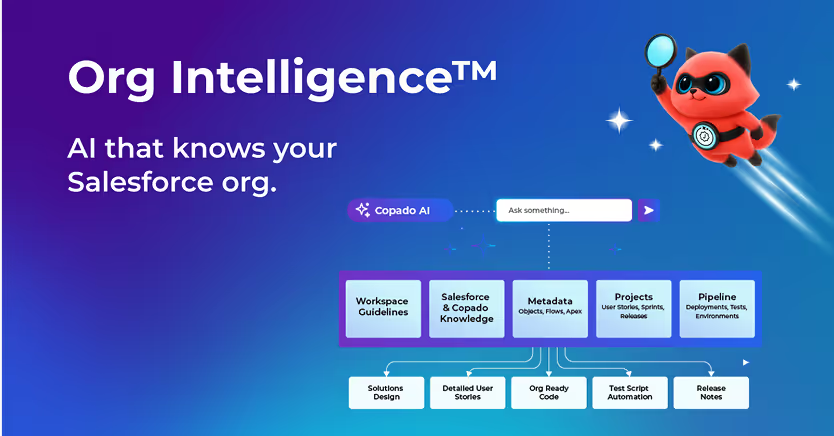











.svg)
.svg)

.png)

.svg)

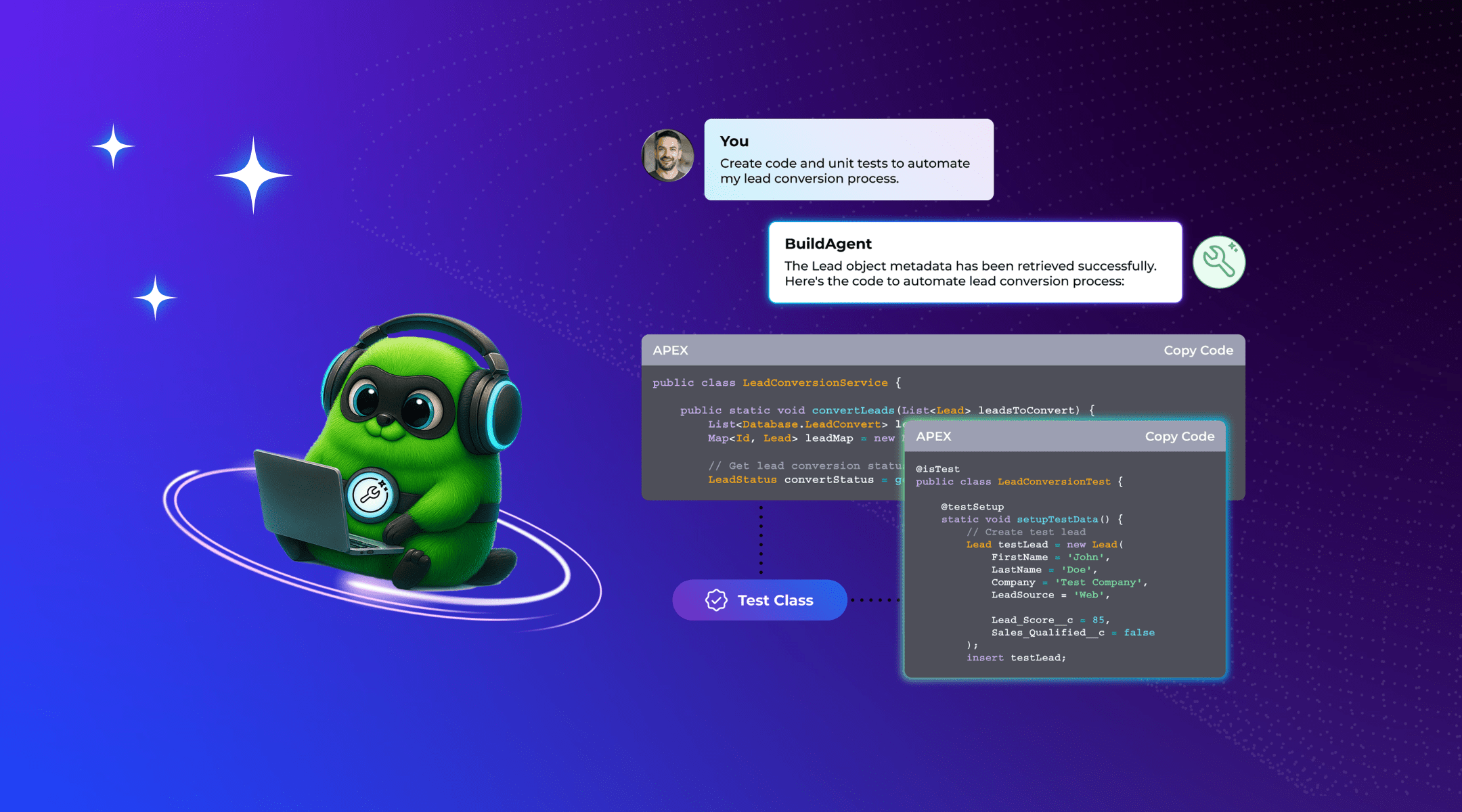


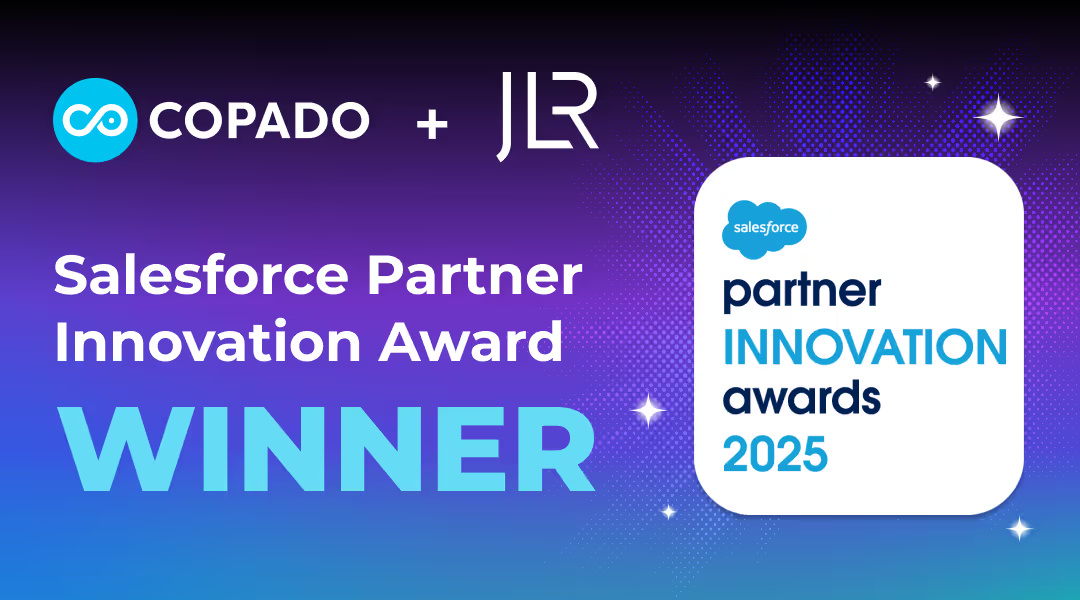



.avif)


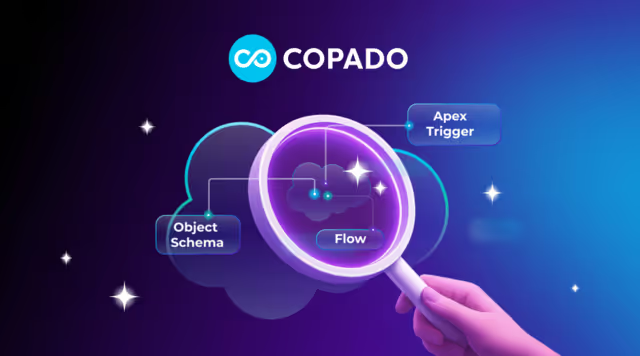
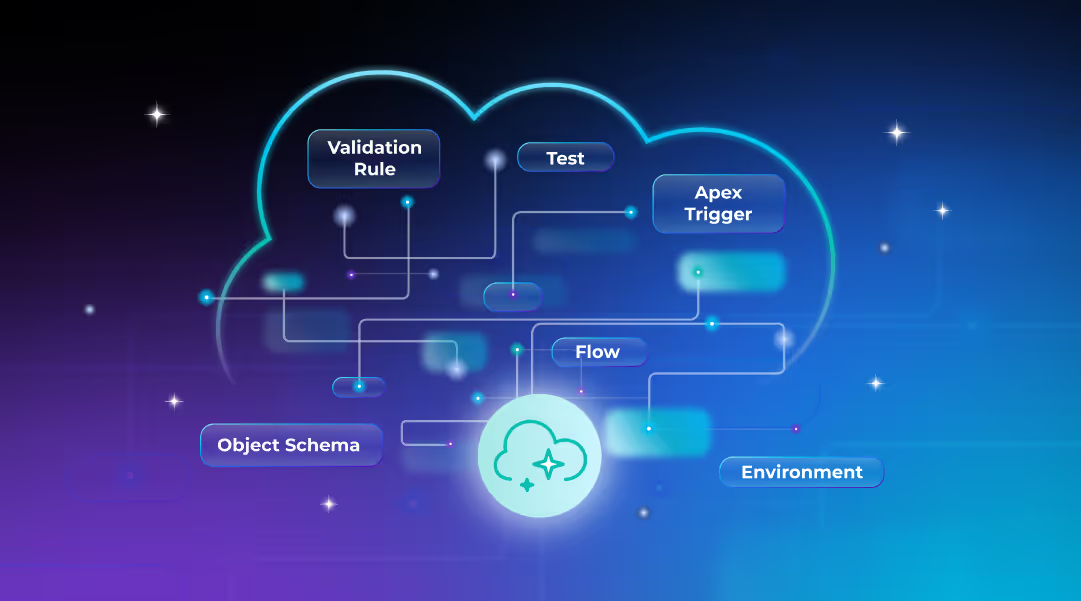









%20Data%20to%20Me_BLOG_1080x600.avif)






.avif)

































.avif)







.avif)



.avif)

























%20(1).png)
.png)
.png)

.avif)


.svg)
